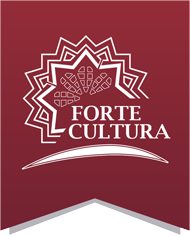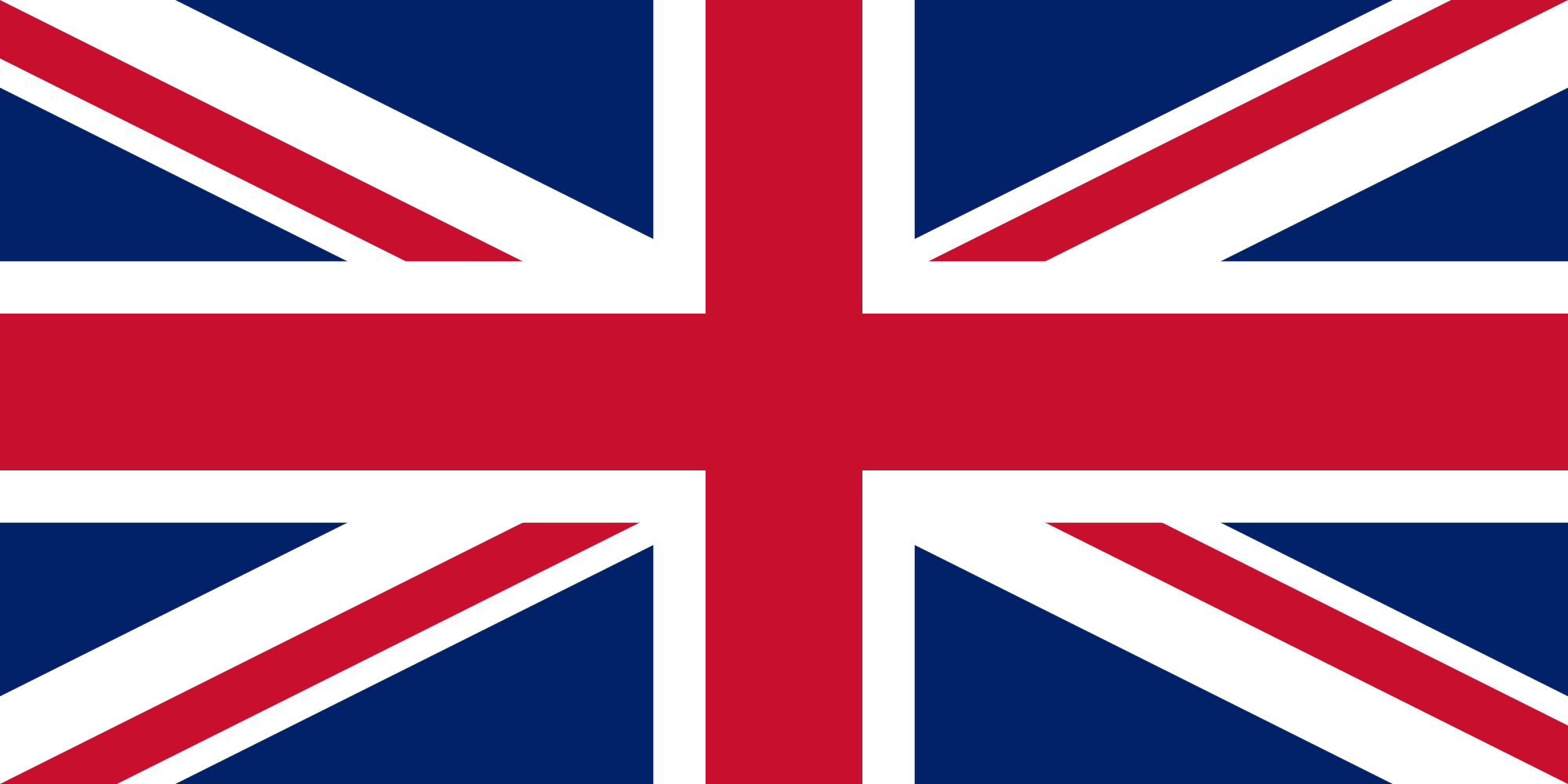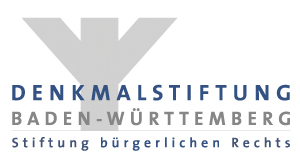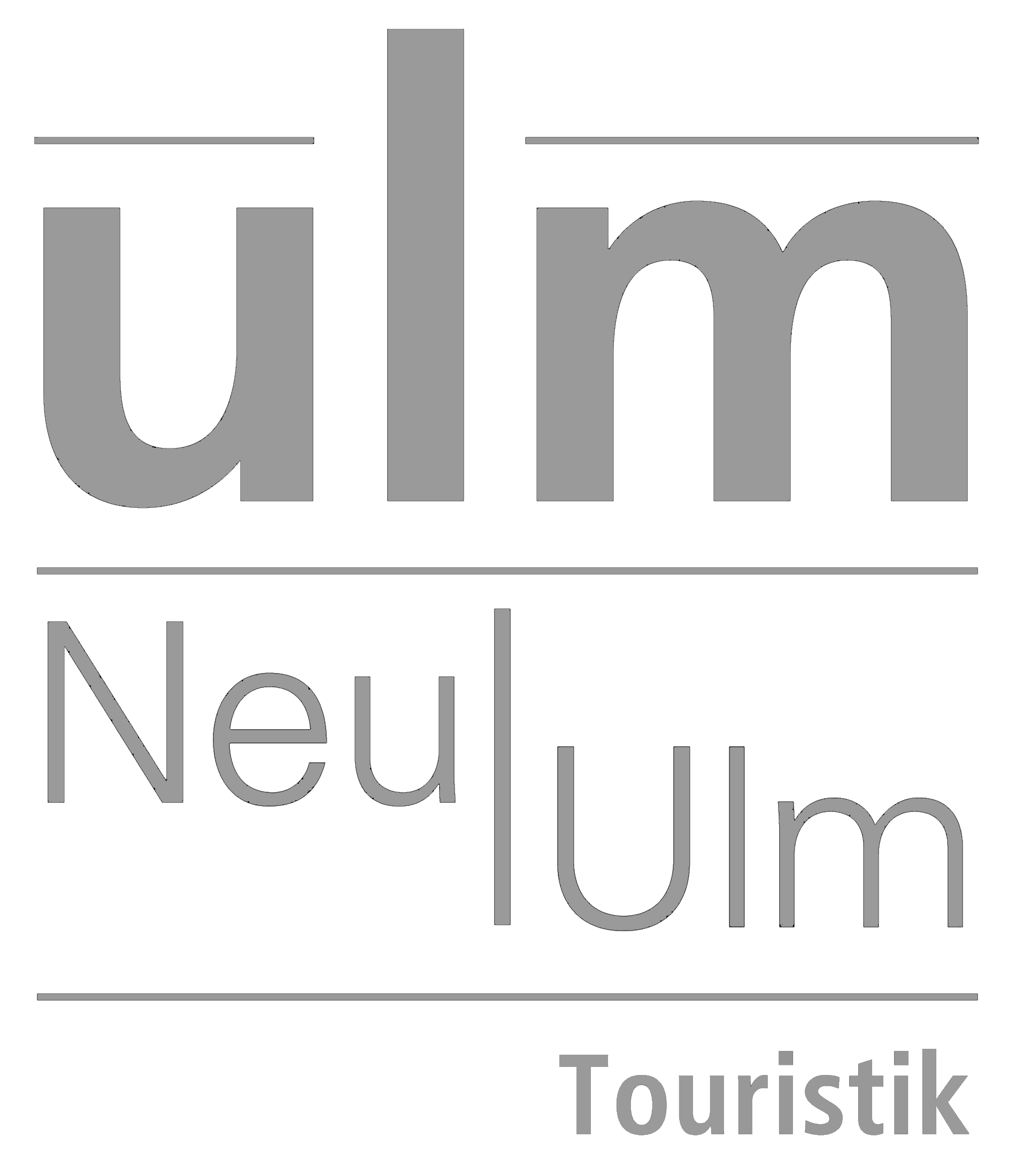Contact
Münsterplatz 50 (Stadthaus)
Phone: +49 731-1612830
E-Mail
Webseite
FORTE CULTURA® Travel Recommendations
Experience World
Wilhelmsburg (Work XII) and Wilhelmsfeste (Work XII-XVII)
Together with Wilhemsfeste the Wilhems castle builds the citadel of the fortress Ulm. Majestically it thrones on the Wilhems hill and shines with a glory since its restoration in 2016.
Fort Upper Kuhberg (Work XXXII)
South-West of Ulm, the fort Upper Kuhberg is located – an outer fort of the federal fortification, which was built from 1848 to 1857 and several times modernised until 1939.
Upper Danube Bastion (Work I)
The Upper Danube Bastion was built close to the Danube on the South-Western border of Ulm in 1843-55 and was designed for a crew of up to 2.253 men.
Lower Gaisenberg Bastion (Work XXI)
The Lower Gaisenberg Bastion is located in the Eastern main walls and was built from 1843.
Caponniere of Courtine Work XX
The Courtine connected the Lower and Upper Gaisenberg Bastion, but was mainly deconstructed as part of the city enlargement.
Fort Lower Kuhberg (Work XXIX)
The fort Lower Kuhberg is the second largest work of the fortress Ulm. The reduit today accommodates numerous clubs and initiatives. Even the Waldorf School Ulm has moved into one of the barracks of the fort.
Fort Lower Eselsberg
The fort Lower Eselsberg today reflects the spirit of rock music. The spectacular fortification location became a refuge for live rock concerts and events with music of the legendary 70s and 80s. Famous stars, newcomers and regional bands pride themselves here.
Kienlesberg Bastion and the Western mountain front
The Kienlesberg Bastion, built from 1843 to 1852, with its distinctive double caponniere and the from there leading feeder line to the Wilhelmsburg, is mostly preserved.
Upper and Lower Danube Tower (Work XXVIII and Work XXV
Both gun turrets at the Danube riverside controlled the water way. Besides their cannons, iron chains stretched across the Danube were to protect the fortress from intruders.
Fort Friedrichsau (Work XLI
Embedded into the „Green Lung of Ulm“, the Friedrichsau is located next to a zoo with aquarium, play and sports areas, beer gardens, small lakes and the Danube stadium and is part of the Federal Fortification. The fort Friedrichsau accommodates today the museum Friedrichsaus and offers a meeting point for youth work of the Förerkreises Bundesfestung Ulm. The fort is publicly available.
Fort Albeck (Work XXXIX)
The Fort Albeck on the Safranberg, once the largest outer fort of the Federal Fortress Ulm is now home to the Danube Swabian dance and costume group.
Caponniere 4, New Ulm
From May to September, Caponniere 4 is all about art and culture in Neu-Ulm. The historic defensive system adjoining the Glacis is a work of the Federal Fortress Ulm and was attractively refurbished during the State Garden Show in 2008.
Glacis-City Park New-Ulm with Front walls, Caponniere 6
The glacis facilities in the western part of the former federal fortress were transformed into an attractive city park on the occasion of the Landesgartenschau 1980. The legendary big-band concerts, classical and rock or jazz events will find their enthusiastic audience at the event stage. But also relaxation, enjoyment and play are in the well-kept park, with great playgrounds or the beer garden not too short.
Tour Offers and Information
Flyer Ulm High Walk
Fortress Walk (round walk)
Further Tourism Ways
Map
Monument and History
History As free imperial city Ulm was directly under the Emperor and was not bound to a regional ruler. The traders of Ulm had these circumstances due to their immense wealth. To secure these privileges Ulm modernised the city walls designed for fire weapons from 1527. In the 17th century another expansion of the city fortifications followed.
Quelle: by CharlesThévenin
Architecture From 1527 the medieval Ulm city fortification was modernised according to Dürer’s fortification doctrine. The remainings of this fortification can be seen on the Ulm Danube riverside in the bastion Lauseck. In the 17th century the fortification of the city in the bastion system after Italian model followed.
Quelle: © Petra Starzmann Quelle: Förderkreis Bundesfestung Ulm Quelle: Freundeskreis Bundesfestung Ulm
Nature Experience The federal fortification Ulm offers in many parts within and outside the walls a rich nature experience. The „Glacis city park Neu-Ulm“ with a water playground and the comfortable “barefoot beerarden” is located in the scenery of the Caponniere 6.
Quelle: 189486 Pixabay Quelle: Ulm/ Neu-Ulm Tourismus Quelle: Ulm/ Neu-UIlm Tourismus
Partner






